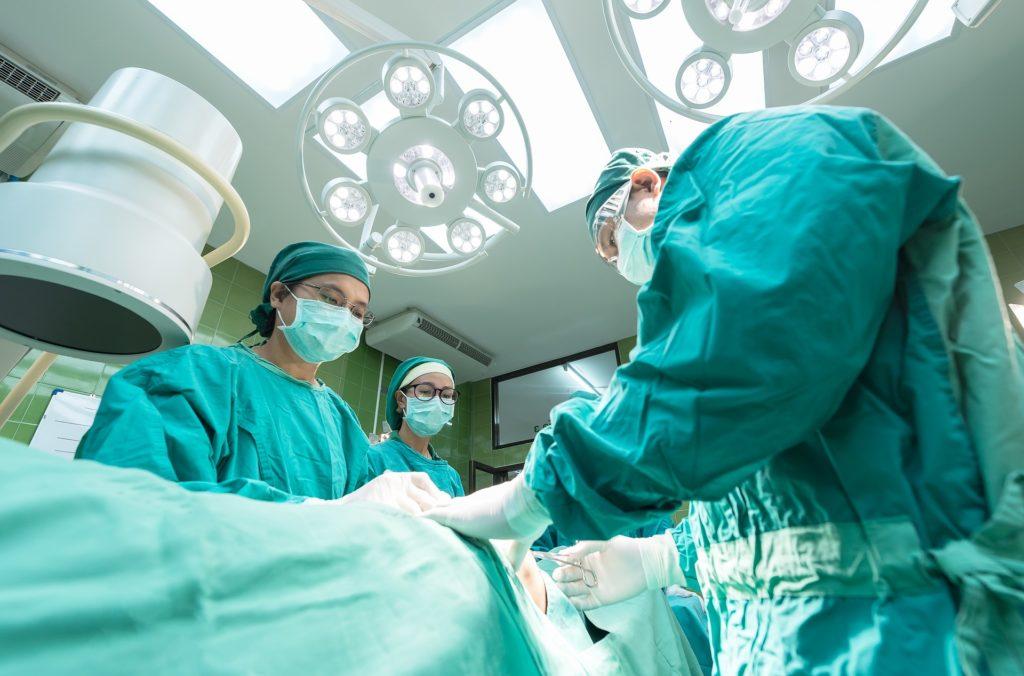Traditionally surgical training has depended on the orderly exposure of the surgeons to graduated clinical experience in the operating room under the close supervision of senior surgeons. Such preceptor-apprenticeship on an operation table is the major bottleneck in training of congenital heart surgery because of the wide variation and complexity of pathological anatomy, relative rarity of the individual lesions and the small size of the heart. More Importantly however, training someone to do a complex surgical procedure in the operation room may put the patient’s life at stake. As such, traditional training is mostly opportunity-based and the training period for congenital heart surgery is very long. Therefore, surgical simulation demand is increasing in training programs. However, either animal or prosthetic models have been scarcely available for training, proving to be an obstacle.
Learning Innovations Taking Shape with 3D Printing
Three-dimensional (3D) printing technology has opened the door to the new world of surgical simulation. Using 3D volume image data of the patient’s computed tomography (CT), magnetic resonance imaging (MRI) or echocardiography, physical replicas of the patient’s heart can be printed. Initially used for surgical decision and planning, 3D printed models are now used for hands-on surgical practice and training. Since 2015, we have hosted or supported 7 hands-on surgical training (HOST) courses. It has clearly been shown that HOST courses are of tremendous help in improving surgical skills in various disease settings such as tetralogy of Fallot, transposition of the great arteries, double outlet right ventricle, coarctation of the aorta, interrupted aortic arch, and hypoplastic left heart syndrome. The attendees as well as proctors found that the models represent the surgical anatomy very well and that the intended surgical procedures were able to be performed without major difficulties despite that the physical properties of the printed material are significantly different from the real human tissue. However, the attendees of the first course in 2015 unanimously pointed out lack of valves and supporting structures in the models as the major limitation. We have recently been successful in making the models more realistic by adding graphically designed valve structures to the patient’s image data. Additionally, a newly developed material under investigation is very promising, as the consistency and elasticity of the full thickness myocardium appears to be a close simulation to real human myocardium.
Surgical Training Advancements Bring the Future Forward
With further improvement of imaging and 3D printing technologies including better soft materials, surgical simulation with 3D printed models will be more realistic and the surgical training paradigm will change from opportunity-based to standardized learning by incorporating HOST programs.
Article from Stratasys.com blog


